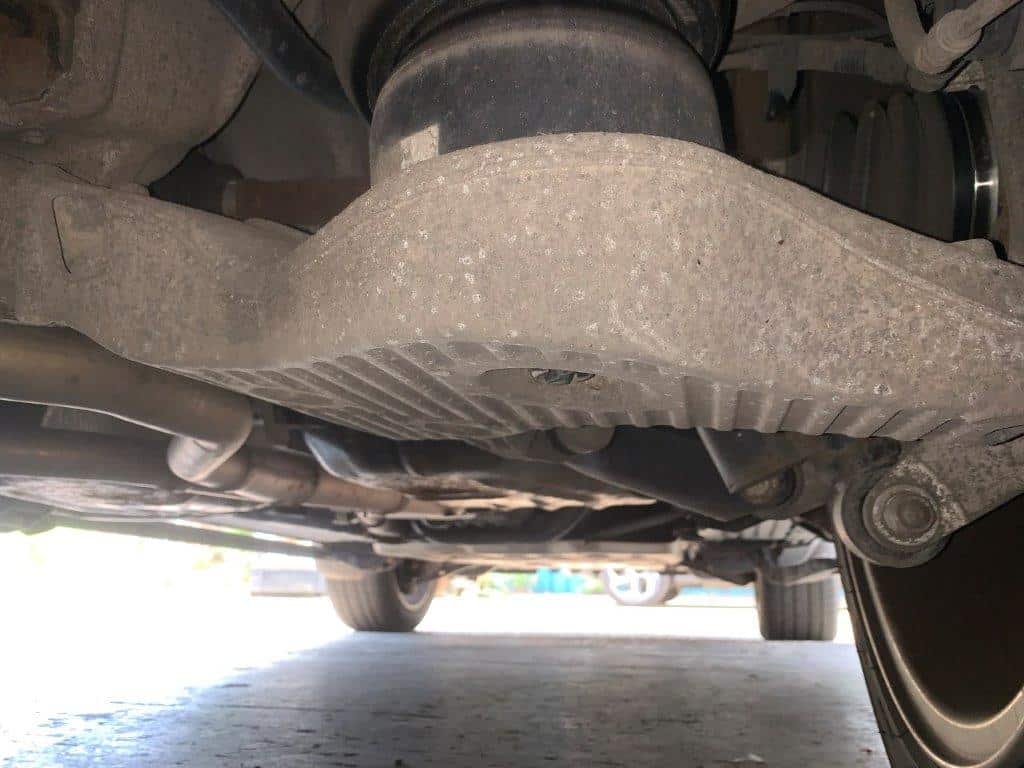Treating the underside of a car to prevent rust
Treating the underside of a vehicle is not just about keeping it looking nice. In fact, for the majority of people who want to treat their car, van or motorbike, it’s much more likely that they are concerned about looking after their pride and joy.
And rightly so! But what about everyone else?
Well, not many of us look under our cars on a regular basis, if at all. So, should we be more concerned?
It’s fair to say that speed bumps, mud and salt all have the potential to damage the underside of a vehicle and once the outer coating has been compromised, the metalworks are much more susceptible to corrosion. It’s water that does the most damage, but mud and salt can hold the water onto the surfaces for longer than they would normally stay.
Until you’ve had to have the underside of a car welded intensely because of corrosion, you may not think much about it. But, sadly, no vehicle is immune.
So, what can be done?
Removing loose rust and flakes is a good start. It gives the surfaces the best chance of being properly treated. Then, it’s time for treatment.
Lanocare is a system of anti-corrosion protection that is suitable for a wide range of applications. The spray can get into tiny nooks and crannies, while the grease is thicker and can be applied more thickly, or warmed and painted on. Both are made from natural ingredients so are kind to the environment.
Once left to cure, Lanocare dries to a hard and wax finish. It only needs to be applied every 6-12 months, depending on weather and usage, and it provides an impermeable layer that makes rust unable to take hold.
You may be wondering what difference it can make? The photos in this post are of a car’s rear suspension. The first was taken before the car was treated and the second image was taken when treatment was completed. You can see how much of a difference Lanocare has made. The products can be used on many surfaces and more examples will be posted here over the next few weeks and months.


Please take a look at our Products page to see which version or kit of Lanocare would be best for your job.
We’d also love it if you would join our Facebook community to see how others are using Lanocare, by clicking on this link here.